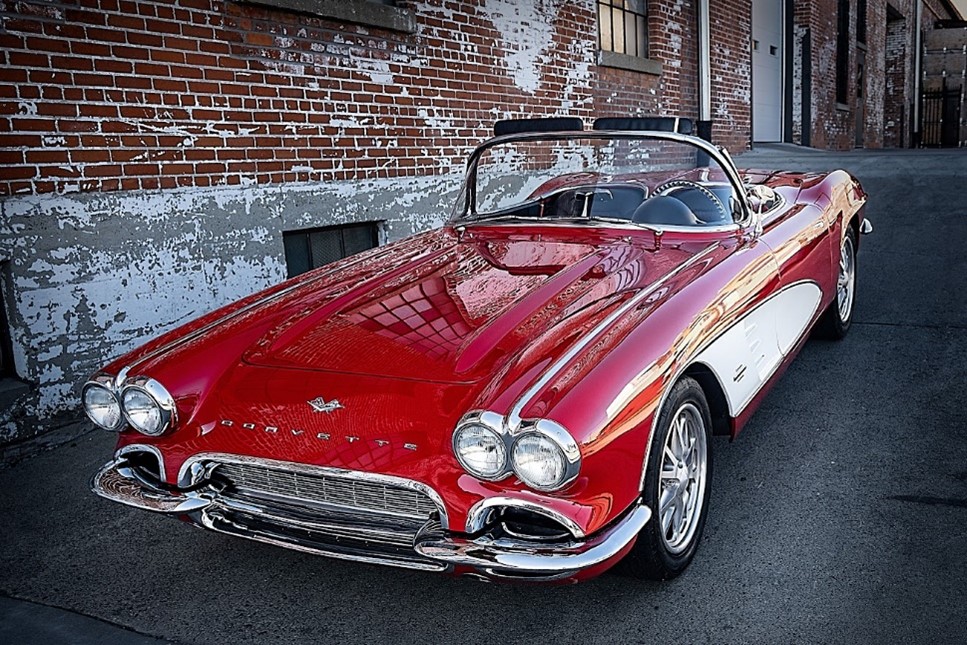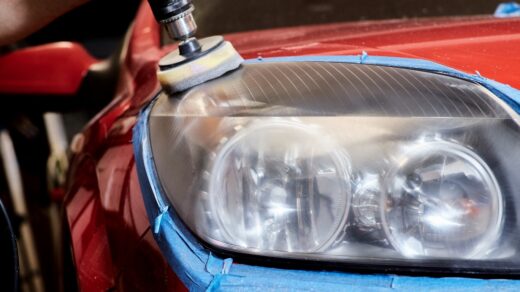
As someone who has successfully restored a ’61 Chevrolet Corvette, Stuart Simonsen Billings MT understands that embarking on a classic car restoration project is an exciting adventure that combines passion, patience, and the thrill of transformation. Whether you’re a seasoned restorer or a novice eager to dive into your first project, the initial step of finding that perfect vehicle to restore is crucial. It’s about uncovering a hidden gem—a car with potential for restoration without becoming a bottomless pit for your time and resources. This post will guide you through the process of spotting a great classic car restoration project, ensuring your journey starts on the right foot.
Understanding Your Goals
Before you start looking for a classic car to restore, it’s essential to define your goals. Are you aiming for a show-quality restoration or a reliable weekend cruiser? Your end goal will significantly influence the type of project car you’re looking for, including its make, model, and condition.
Where to Look
Online Marketplaces and Auctions
The internet has made finding classic cars easier than ever. Online marketplaces, forums, and auctions are treasure troves for potential projects. However, the key is to look beyond the photos and descriptions, asking for detailed pictures and information about the car’s history and current condition.
Classic Car Shows and Clubs
Attending classic car shows and joining car clubs can connect you with enthusiasts who might know about available projects. Networking with like-minded individuals can lead you to private sales not listed publicly.
Barn Finds and Garage Sales
Never underestimate the potential of a barn find. Cars stored away in barns or garages for years can be excellent restoration projects, often preserved away from the elements. Keep an ear to the ground for local estate sales, garage sales, or even word-of-mouth leads.
Evaluating a Potential Project
Structural Integrity
The foundation of a good restoration project is its structural integrity. Check the car for rust, particularly in critical areas such as the chassis, floor pans, and wheel wells. Surface rust can be manageable, but extensive corrosion might be a deal-breaker.
Originality
The more original the car, the better. Original parts are not only a testament to the car’s authenticity but also reduce the need for expensive reproductions. Verify the engine, transmission, and major components are original to the car or period-correct.
Availability of Parts
Before falling in love with a particular model, research the availability of replacement parts. Some classic cars have a robust supply of aftermarket parts, making restoration easier. Others, especially rare models, may present a challenge in sourcing parts.
Documentation
A car with a well-documented history is a gem. Original manuals, service records, and even previous restoration attempts can provide valuable insights into the car’s condition and authenticity.
Know Your Limits
Be realistic about your skills, budget, and time. Restoration projects can be more demanding than anticipated. Choosing a car that matches your ability level and financial commitment can make the process enjoyable rather than overwhelming.
Making the Decision
After finding a potential project and evaluating it against your criteria, take a moment to consider the decision carefully. A thorough inspection by a professional or an experienced restorer can offer a second opinion on the car’s condition and the feasibility of restoration.
The Reward of Patience
Finding the right classic car to restore is a process that requires patience and diligence. Rushing into a project can lead to costly mistakes and frustration. However, the reward of bringing a classic car back to its former glory, knowing you’ve saved a piece of automotive history, is immeasurably satisfying.
The journey of restoring a classic car begins with finding the right project. By understanding your goals, knowing where to look, and carefully evaluating potential finds, you can spot a hidden gem that offers both a challenge and a reward. Remember, the best classic car restoration projects are those that match your passion with practicality, turning the dream of restoration into a reality. Happy hunting!



